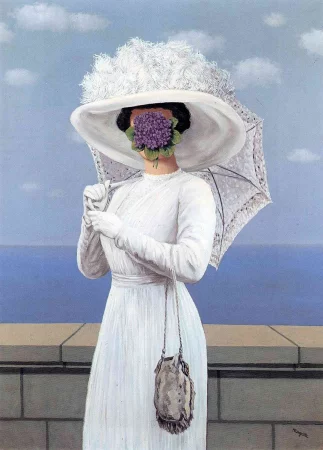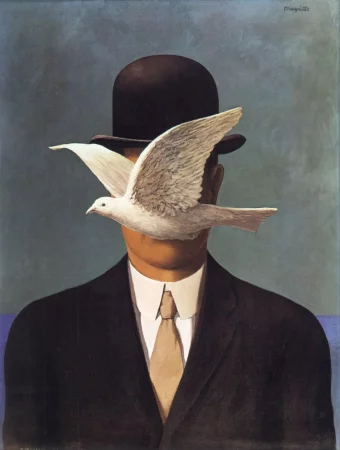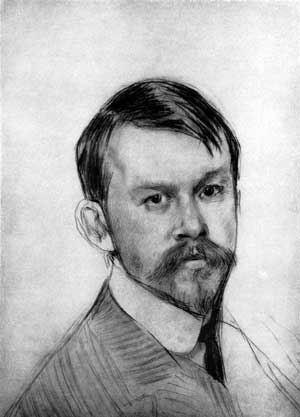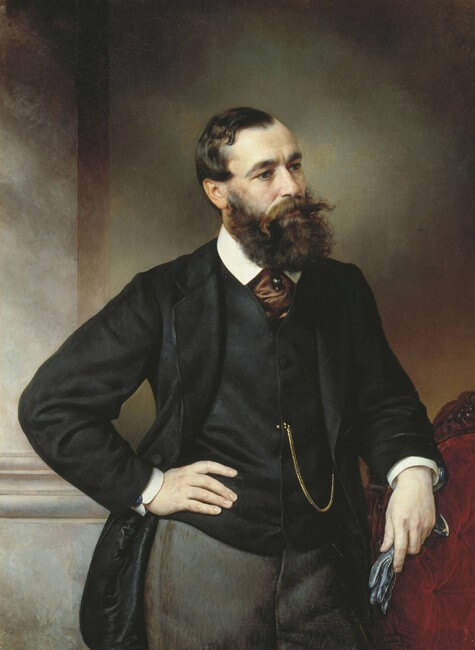The Seven Deadly Sins, Otto Dix - Description of the Painting
The Seven Deadly Sins - Otto Dix. Panel, mixed media. 179 x 120 cm
This painting was created in the very year when Hitler came to power. Dix was afraid to criticize the Third Reich openly, but he secretly hated it.
A dwarf having crazy eyes running in different directions and a black mustache resembles Fuhrer for a reason. As we know, envy is one of the worst sins, and Hitler is its main personification. He sits astride an old woman, who symbolizes Greed. She is terribly crooked, dressed in tatters, and having a red pointy nose. However, her empty eyes, clouded by a thirst for profit, are the most terrible thing in her artistic image.
Behind Greed and its Head there is a dancing skeleton – Laziness, with its bones are in a position forming the sign of the swastika. The painter reproaches his contemporaries for the fact that it was their laziness that eventually led their country to Nazism.
When in a rage, people tend to lose their human face, turning into real monsters. A mystical creature featuring sharp fangs, feline yellow eyes and long horns, is Anger.
In contrast to biblical salacity, Lust is the most apparent figure on those contained on the painting. This is a disheveled woman with smeared makeup on her face, wearing bright defiant clothes. She bared her chest, with no sign of embarrassment by her ugliness, and is prepared to do anything required in order to save herself.
Vanity is presented in a shape of the huge head with a long, upturned nose; it has a sphincter instead of a mouth, and plugs in his ears. It does not see or hear anyone for her pride is far too great.
Finally, the last character is Gluttony, depicted as a fat man dressed like a giant baby doll and holding a pretzel in his hands, with his body seeming to be bound with iron bars.
Otto Dix intended to demonstrate by a clear example that for any given generation, and for any given time, the biblical theme will still be relevant.
Comments (0)
Top
 Painting The Great War, Rene Magritte - Meaning and Analysis
Painting The Great War, Rene Magritte - Meaning and Analysis
The Great War - Rene Magritte. Canvas, oil. 81 x 60 cm...
10.10.23
1 479
0
 The man in the bowler hat, Rene Magritte
The man in the bowler hat, Rene Magritte
The man in the bowler hat - Rene Magritte. Canvas, oil. 70 x 50 cm...
06.09.23
3 254
0





